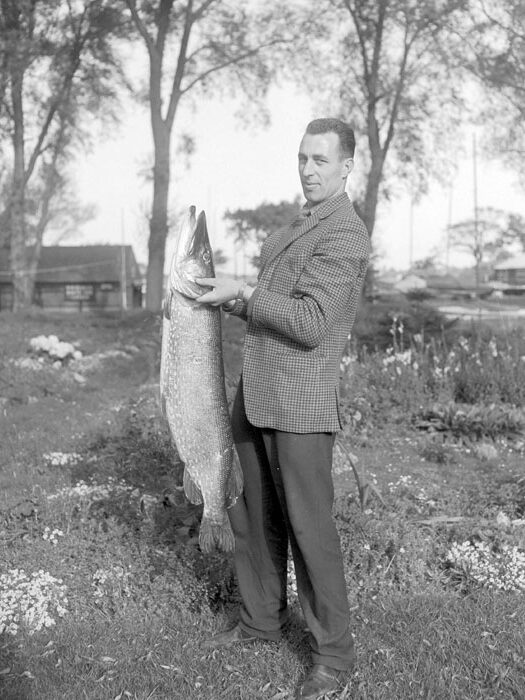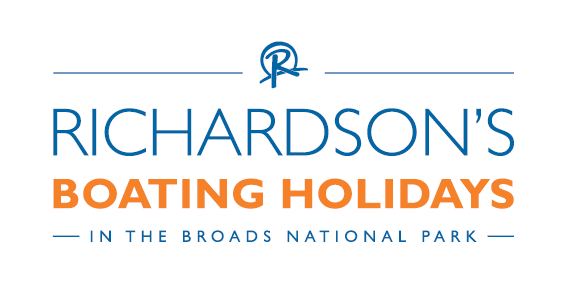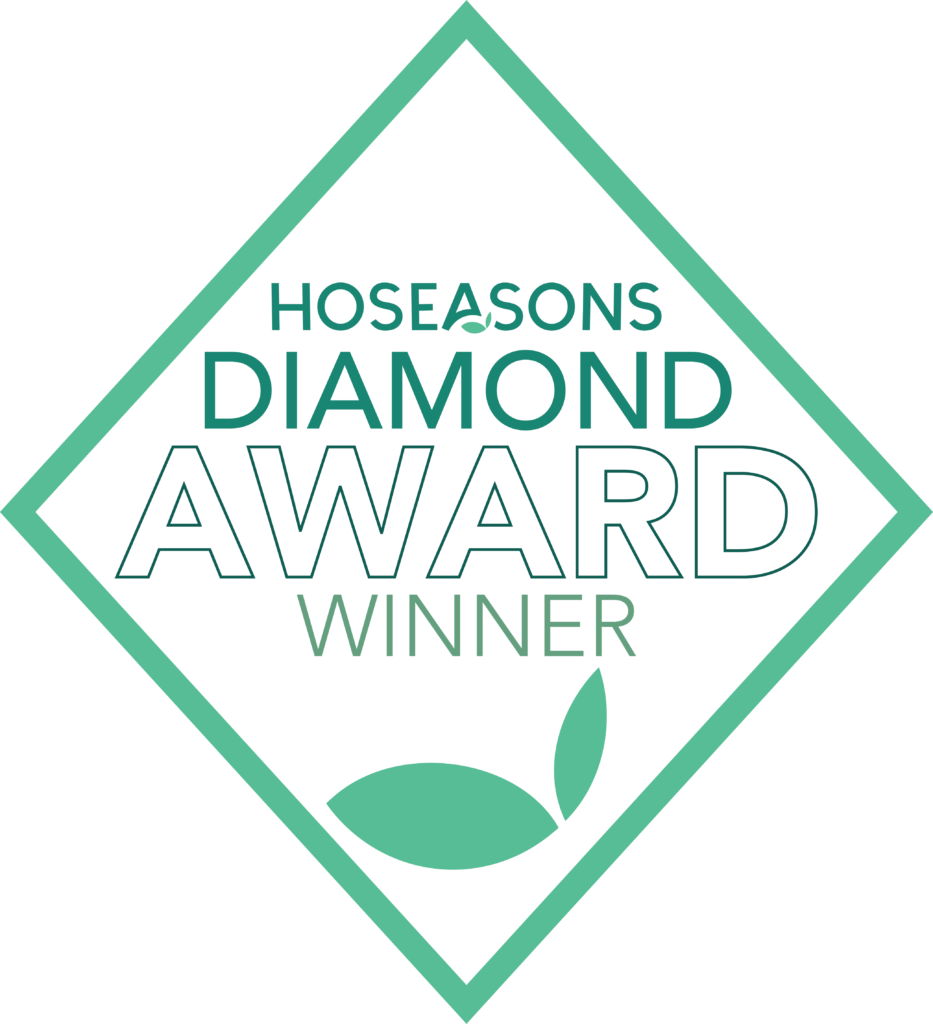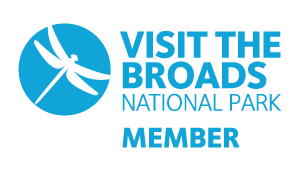Looking for a brief history of the Broads? With Richardson’s roots firmly planted in the wetlands that makes up the Broads National Park, we know about the beautiful setting that we work and play in. Read on to find a brief history of the Broads National Park!
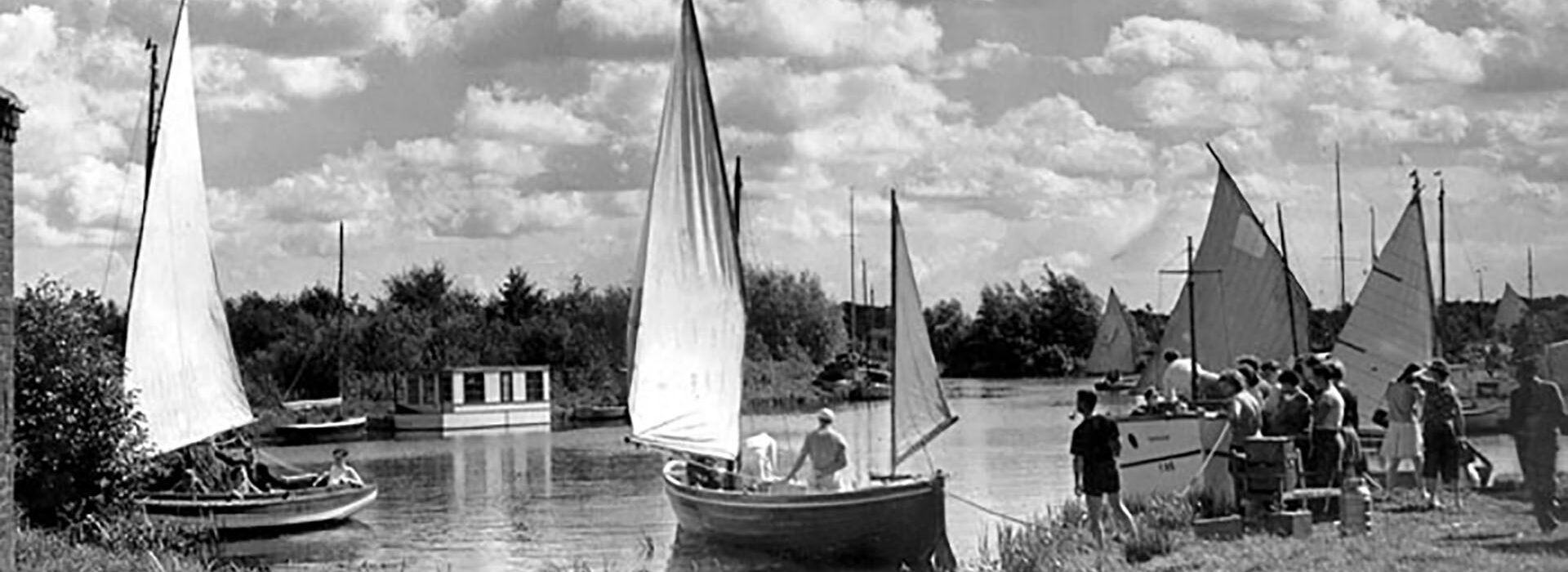
History of the Broads in Brief
The Broads make up more than 70,000 acres of unique landscape, forged over hundreds of years by man’s activity, which has entranced visitors and residents for generations. Learn about the history of the Broads here.
The Broads has always been a place of business, a working environment where Norfolk and Suffolk artisans and craftsmen have plied their trades – from farming to peat cutting, fishing to transport. It is the business of the Broads that has shaped the magical waterline which holidaymakers as well as residents now enjoy today.
With the arrival of the early middle ages, much of the national woodland was being cut down to accommodate an increasing population, sparking a search for new building materials and fuels – and peat emerged as a primary heat source.
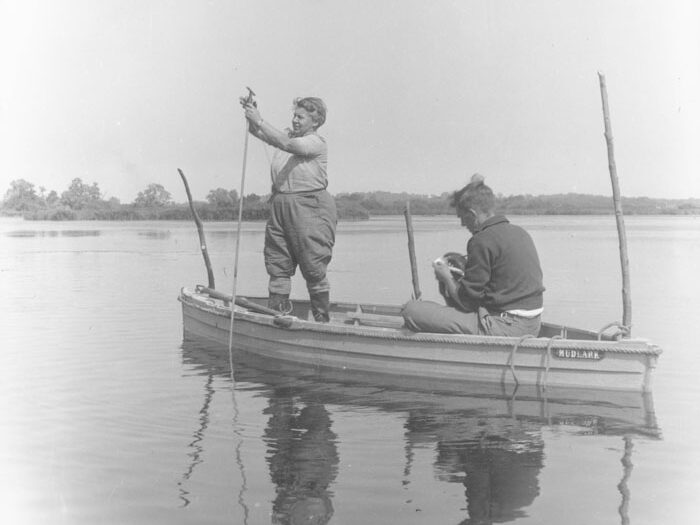
In an enterprise that would last 200 years, peat became big business. Huge rights to peat-cutting were acquired. It’s claimed that the monks of St Benet’s Abbey used 200,000 bales of peat a year themselves, and there was regular trade with the conurbations of Norwich and Great Yarmouth. Millions of cubic feet of peat were dug out of east Norfolk, but as the holes got bigger the sea levels got higher and water flooded into the digging.
And that’s how the Broads were born… but it was another 800 years before its origins were confirmed.
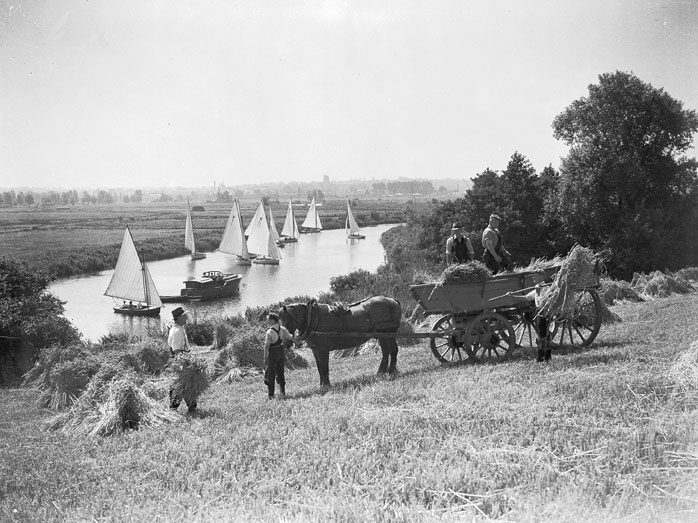
Academic Dr Joyce Lambert had been publishing research on the Broads since the end of the Second World War. Then, in 1952, a colleague, JN Jennings published “Origins of the Broads” in which he claimed that the Broads was a natural phenomenon.
But Dr Lambert had different ideas. Through a series of tests, she established that the Broads had flat beds, vertical sides and pathways running through them – all linked to peat digging.
Eventually Lambert won the water wars. The Broads was man made!
By this time the Broads had already become a playground for holidaymakers across Britain, all drawn by the romance of a week on the water, an idyll fanned by tales such as Arthur Ransome’s Swallows and Amazons, published in 1930.
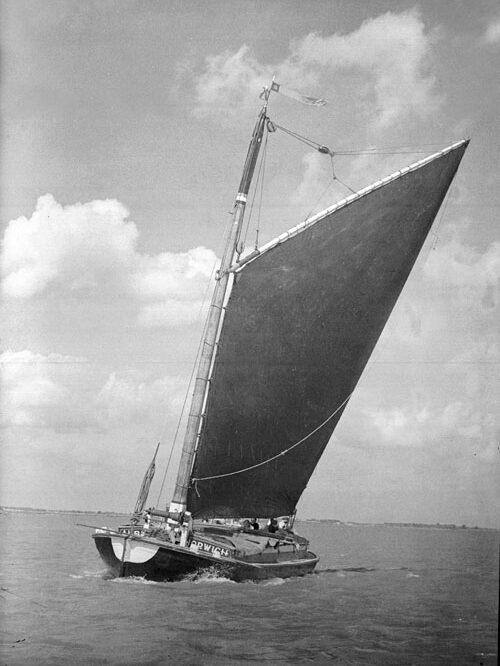
At the same time as Dr Lambert’s was publishing her findings, a small group of able and ambitious entrepreneurs were carving out a successful business built around the boating on the Broads. These included the Blakes, Jimmy Hoseason and Robert Richardson, pioneers of Broads tourism who set the benchmark for a thriving industry which continues in good heart to this day.
But the Broads is not just about boats. It contains more than 11,000 wildlife species, including the iconic bittern, swallowtail butterfly and otters. It also offers miles of walkways, footpaths and trails as well as many cycle routes. Servicing the busy tourist trade is a cross-section of quality hotels, restaurants, pubs and tea-rooms.
Meanwhile, for almost 30 years, the Broads has been designated an Environmentally Sensitive Area, one of 22 in England, with special protection because of its landscape and wildlife.
The Broads currently attracts eight million visitors a year, contributing almost £570m to the local economy.
